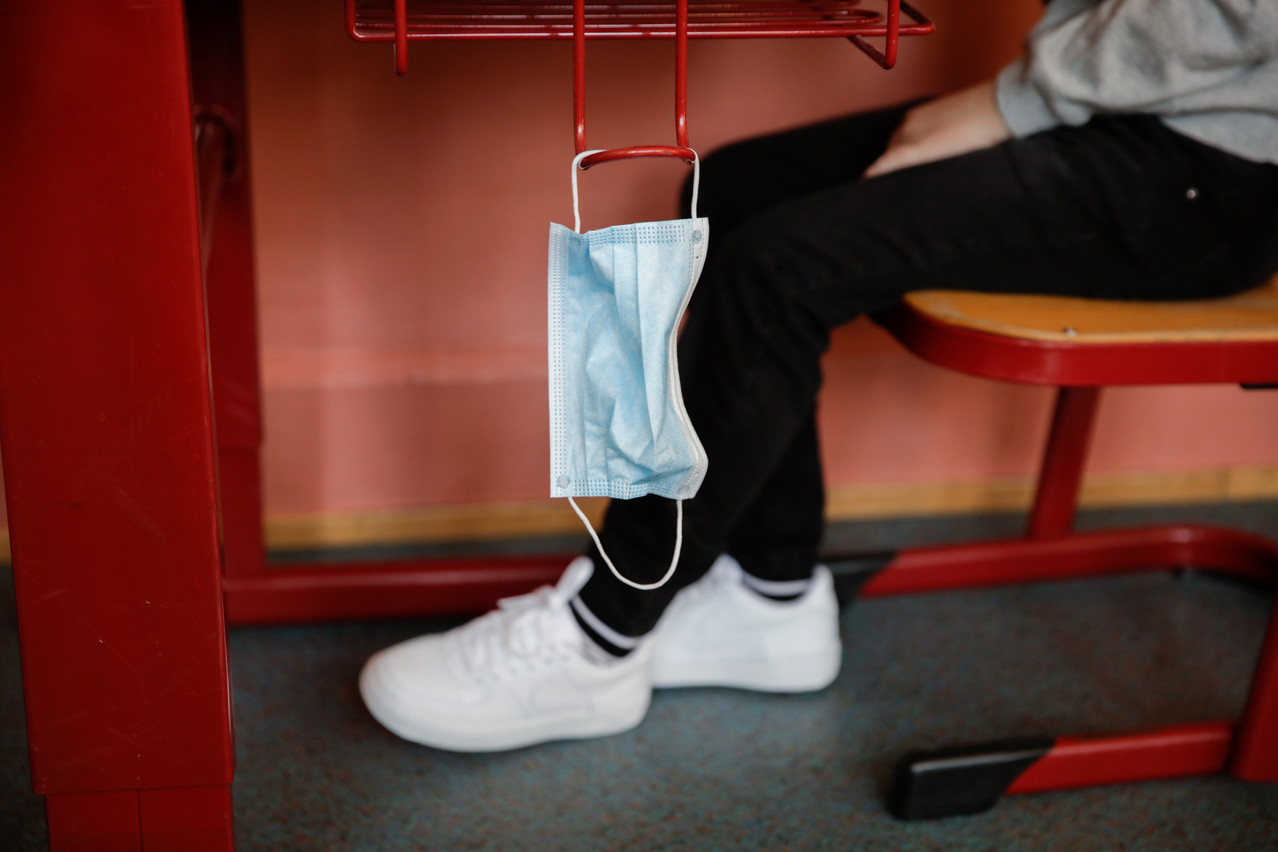Between 15 and 21 November, there were 1,897 new infections recorded in total, up 31% compared to the week before. The infection rate among vaccinated people was at 217.71 cases per 100,000 inhabitants, less than half the rate for those unvaccinated (450.92 per 100,000).
“Unvaccinated persons are more than twice as likely to be infected than persons with a complete vaccination schedule,” the health ministry said in its report.
Children aged 0 to 9 accounted for 336 new infections, up 60% compared to the week before. In the 10 to 19 age bracket the increase was less pronounced at 52% (285 infections).
Children under the age of 12 cannot get vaccinated against the coronavirus in Europe as the European Medicines Agency (EMA) is yet to authorise any of the formulas on the market for that age bracket.
The EMA on 18 October said it had started evaluating the use of the Pfizer/Biontech vaccine for children aged 5 to 11. This review will take a couple of months, it said. Canada and the US have already approved the Pfizer/Biontech jab for this age group.
Primary school education was cited as a source of infection in 12% of cases. This was at 16.9% for the education sector as a whole. The single biggest identifiable source was the family circle (31.7%). In around a third of cases (32%) there was no clear source.
New infections were lowest among those 70 or over, which accounted for just 82 of the 1,897 cases recorded.
More than 3,300 people were isolating last week because of a coronavirus infection with another 7,300 in quarantine because they were in direct contact with someone who tested positive.
While more than 18,000 vaccine doses were administered last week, the majority (11,156) were booster shots given to people who already had a complete vaccination schedule. Just over 2,900 people received their first jab and 4,008 their second dose.
More than three quarters (77%) of the eligible population is now vaccinated, short of a target of 85% the government set to lift pandemic restrictions.
